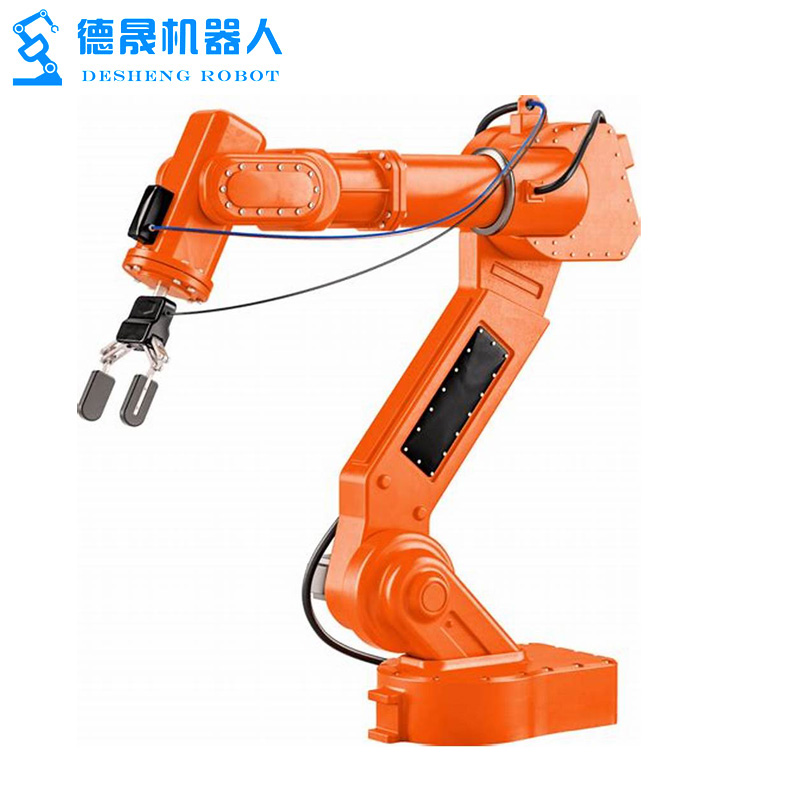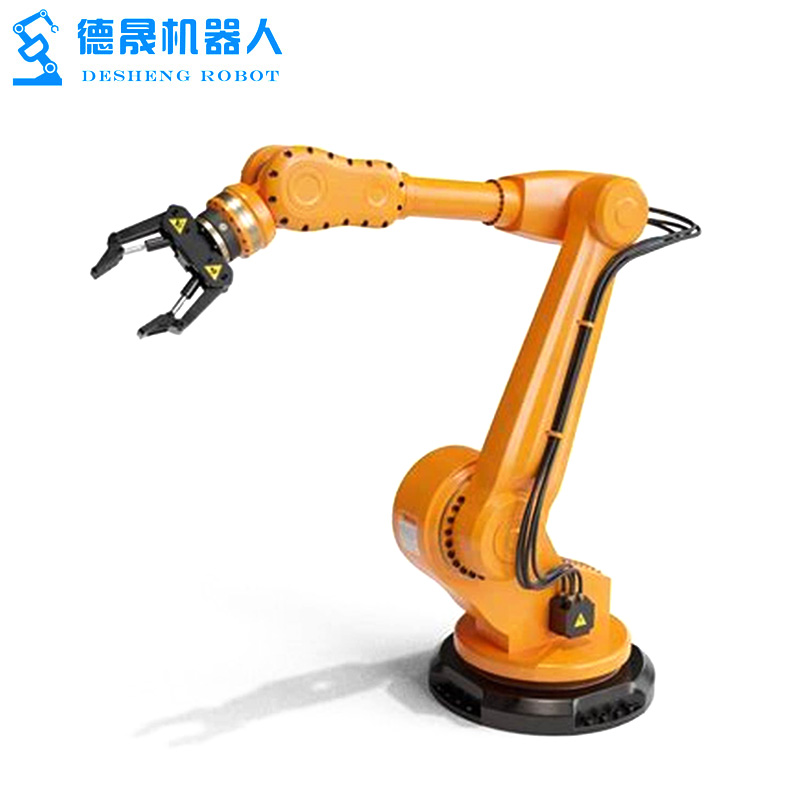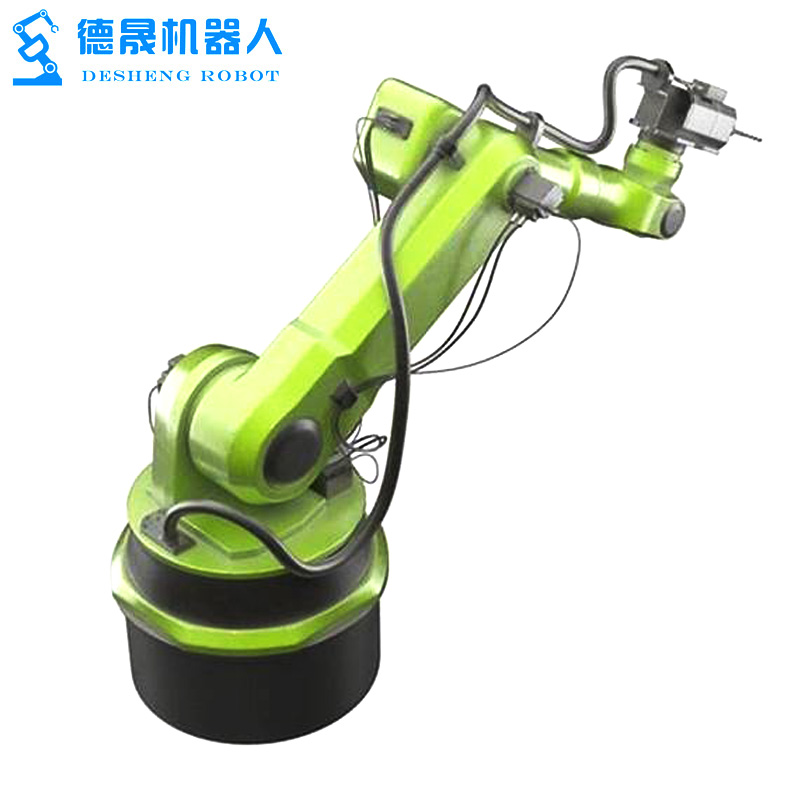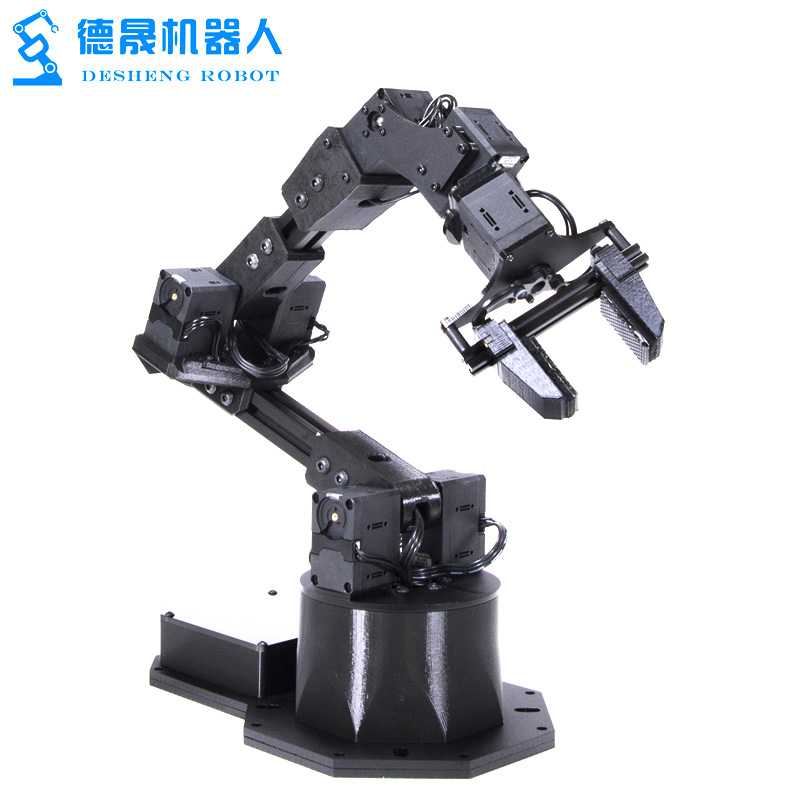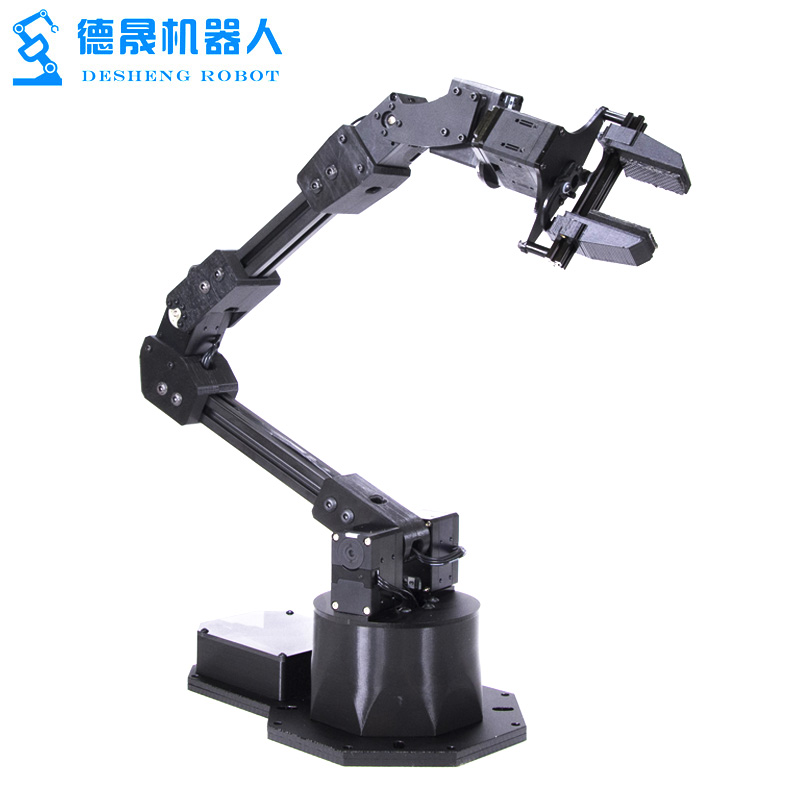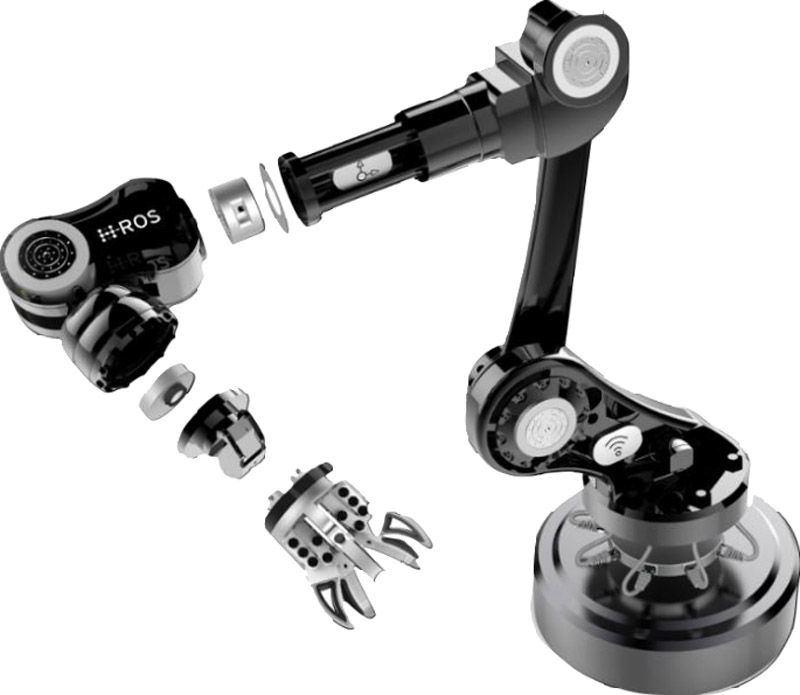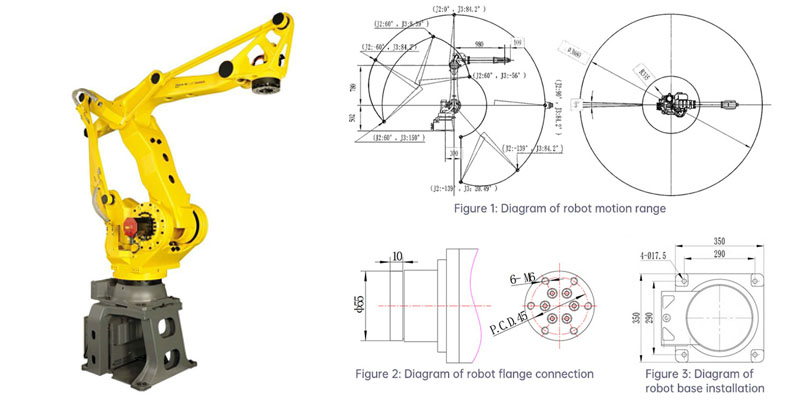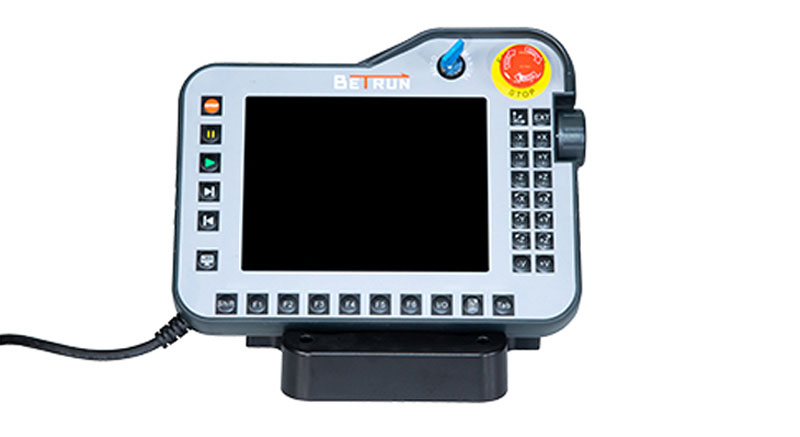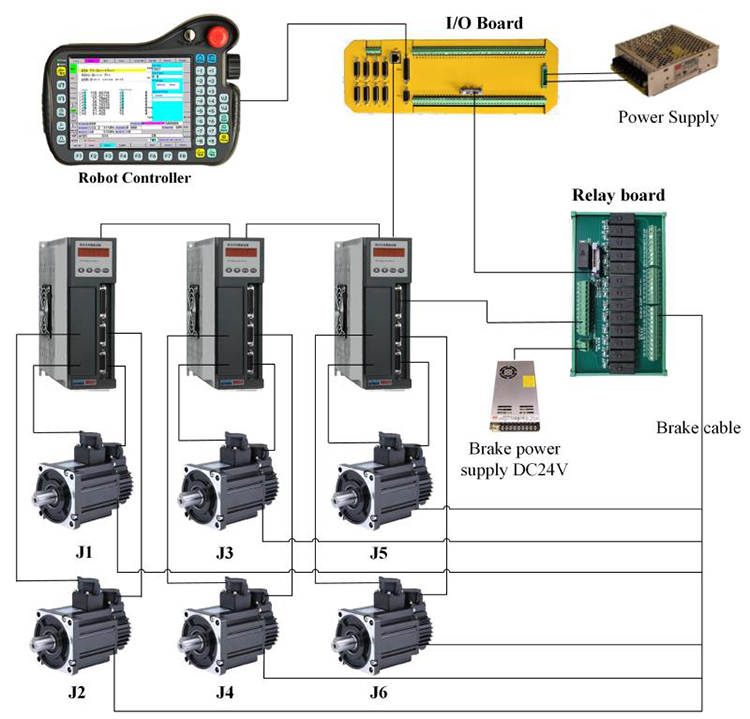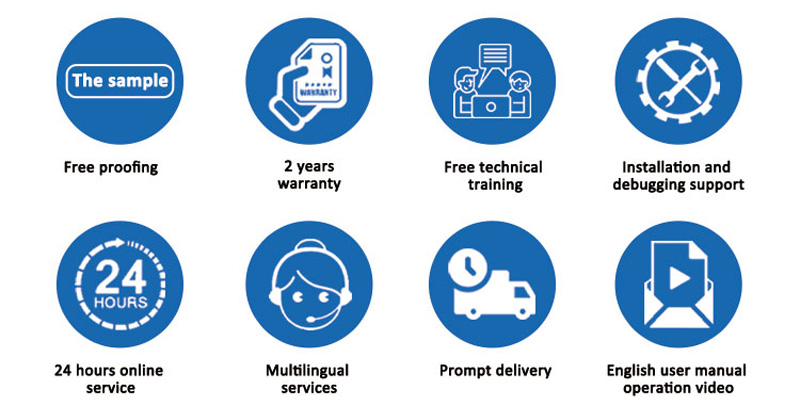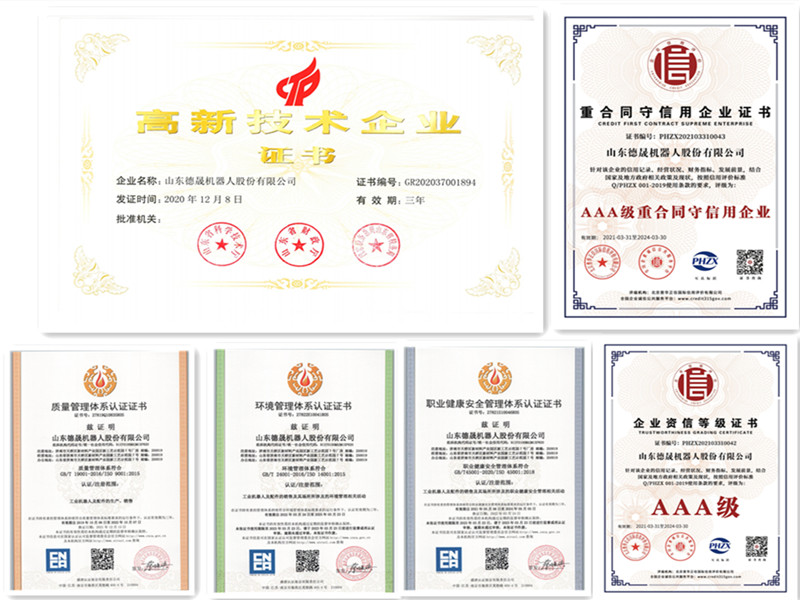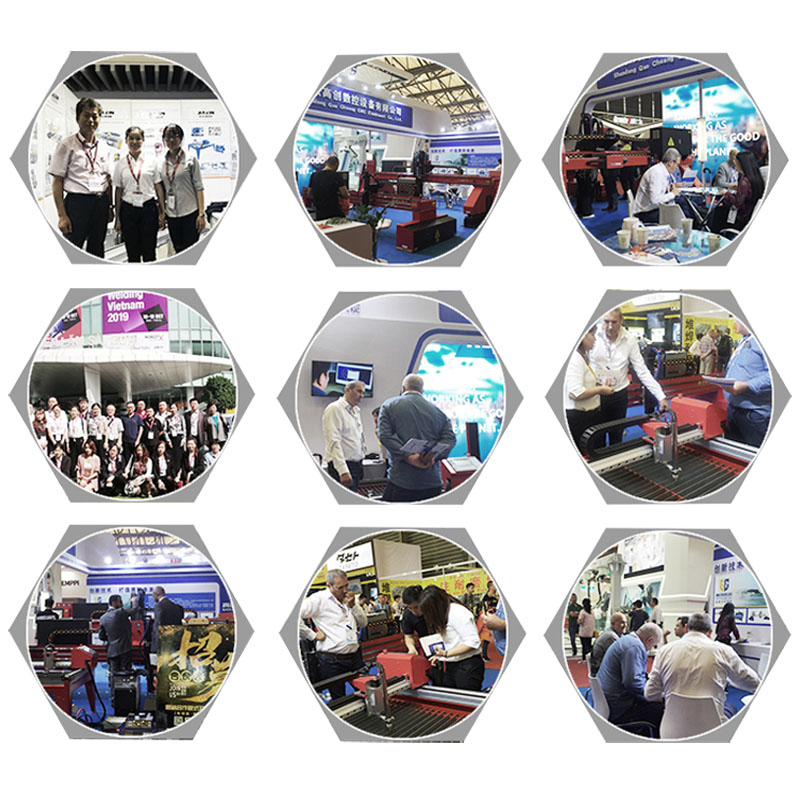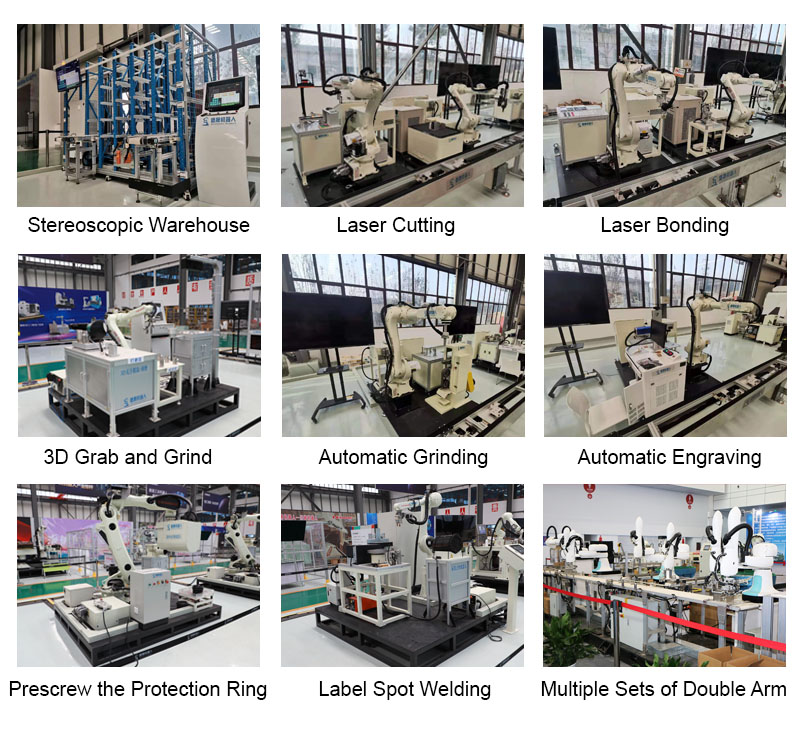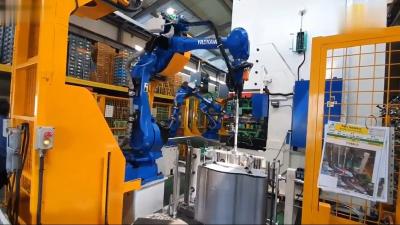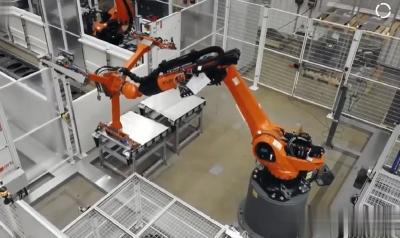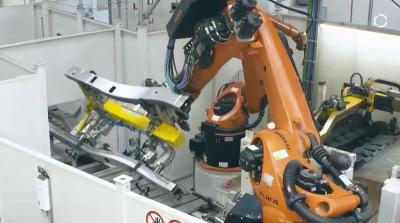Robotics And Automation In Construction Industry
Advantages of Robotics And Automation In Construction Industry:
1,Increased Efficiency and Productivity: Robotics and automation technologies can significantly improve the efficiency and productivity of construction processes. Robots can perform repetitive tasks with precision and speed, reducing the time required for completion. Automation systems can streamline workflows, minimize errors, and optimize resource allocation, leading to faster project delivery and increased productivity.
2,Enhanced Safety: Implementing robotics and automation on construction sites can enhance safety measures for the workforce. Robots can be used to handle hazardous or physically demanding tasks, reducing the risk of injuries to human workers. Automation systems can also minimize human error and improve overall safety by ensuring compliance with safety protocols and regulations.
3,Cost Savings: Robotics and automation can lead to cost savings in the construction industry. By automating tasks, companies can reduce labor costs and improve resource utilization. Robots can work continuously without breaks, leading to increased productivity and reduced labor expenses. Additionally, automation can help minimize rework and errors, saving costs associated with project delays and material wastage.
Robotics And Automation In Construction Industry:
Robotics and automation have revolutionized the construction industry. The innovation of the George Devol Robot and the availability of Fanuc Robot for sale have transformed construction operations. These robots are used for various applications across the industry, from repetitive tasks to heavy lifting. Their precision, efficiency, and ability to work in hazardous environments make them invaluable in streamlining construction processes. As a result, productivity has increased while risks to human workers have decreased. The implementation of robotics in construction is a game-changer, leading to faster and safer project completion.v
PARAMETERS:
Model | DS-R6-08 | DS-R6-10 | DS-R6-20 | DS-R6-50 | DS-R6-165 | |
DOF | 6 | |||||
Driving Mode | AC Servo Driving | |||||
Effective Load | 8KG | 10KG | 20KG | 50KG | 165KG | |
RepeatAccuracy | ±0.05mm | |||||
Working radius | 1400mm | 1589mm | 1595mm | 1950mm | 2483mm | |
Weight | 180KG | 180KG | 290KG | 600KG | 1300KG | |
Motion | J1 | ±170 | ±170 | ±170 | ±180 | ±180 |
J2 | ±120~-85 | ±120~-80 | ±132~-95 | ±130~-90 | ±80~60 | |
J3 | ±85~-165 | ±85~-165 | ±73~-163 | ±75~-210 | ±80~-190 | |
J4 | ±180 | ±180 | ±180 | ±360 | ±360 | |
J5 | ±135 | ±135 | ±133 | ±115 | ±115 | |
J6 | ±360 | ±360 | ±360 | ±360 | ±360 | |
Max Speed(°/s) | J1 | 130 | 130 | 147 | 158 | 100 |
J2 | 130 | 130 | 100 | 149 | 90 | |
J3 | 130 | 130 | 135 | 130 | 104 | |
J4 | 270 | 270 | 300 | 215 | 144 | |
J5 | 170 | 170 | 198 | 251 | 160 | |
J6 | 455 | 455 | 194 | 365 | 215 | |
Power | 4KVA | 4KVA | 6KVA | 14KVA | 31KVA | |
Voltage | 380V or 220V | |||||
Frequency | 50Hz or 60Hz | |||||
DIMENSIONAL DRAWINGS:
ROBOT CONTROLSYSTEM:
APPLICATIONS:
1,Building Construction: Robotics and automation play a crucial role in building construction. Robots can be used for tasks such as bricklaying, which traditionally required manual labor. With the help of robotic arms, bricks can be accurately placed, resulting in faster construction and improved precision.
2,Demolition and Deconstruction: Automation is also utilized in demolition and deconstruction processes. Robots equipped with specialized tools can safely and efficiently perform tasks such as breaking down walls, removing debris, and dismantling structures. This eliminates the need for manual labor in hazardous environments, enhancing worker safety.
3,Surveying and Inspection: Robotics and automation are instrumental in surveying and inspection activities. Drones equipped with cameras and sensors can conduct aerial surveys, capturing images and data for analysis. Additionally, robots equipped with sensors can perform inspections of structures, identifying defects or damage and providing real-time data for evaluation and maintenance planning.
FEATURES:
1,Increased Efficiency: One of the key characteristics of robotics and automation in the construction industry is improved efficiency. By using robots and automated processes, tasks that would typically require a significant amount of time and labor can be completed much faster. This increased efficiency leads to shorter project durations and overall cost savings.
2,Enhanced Safety: Safety is a top priority in the construction industry, and robotics and automation help improve safety by reducing the need for human workers in hazardous environments. Robots can be deployed for tasks such as heavy lifting, working at heights, or in confined spaces, minimizing the risk of injury to human workers. Additionally, automated processes can eliminate human error, further enhancing safety on construction sites.
3,Precision and Accuracy: Robotics and automation bring a higher level of precision and accuracy to construction processes. Robots can perform tasks with consistent accuracy, even in complex or repetitive operations. This precision leads to higher quality construction, reducing rework and improving overall project outcomes.
OUR SERVICE:
PACKAGE AND SHIPPING:
CERTIFICATIONS:
COOPERRATION PARTNER:
EXHIBITION:
MORE PRODUCTS:
CONTACT US:


